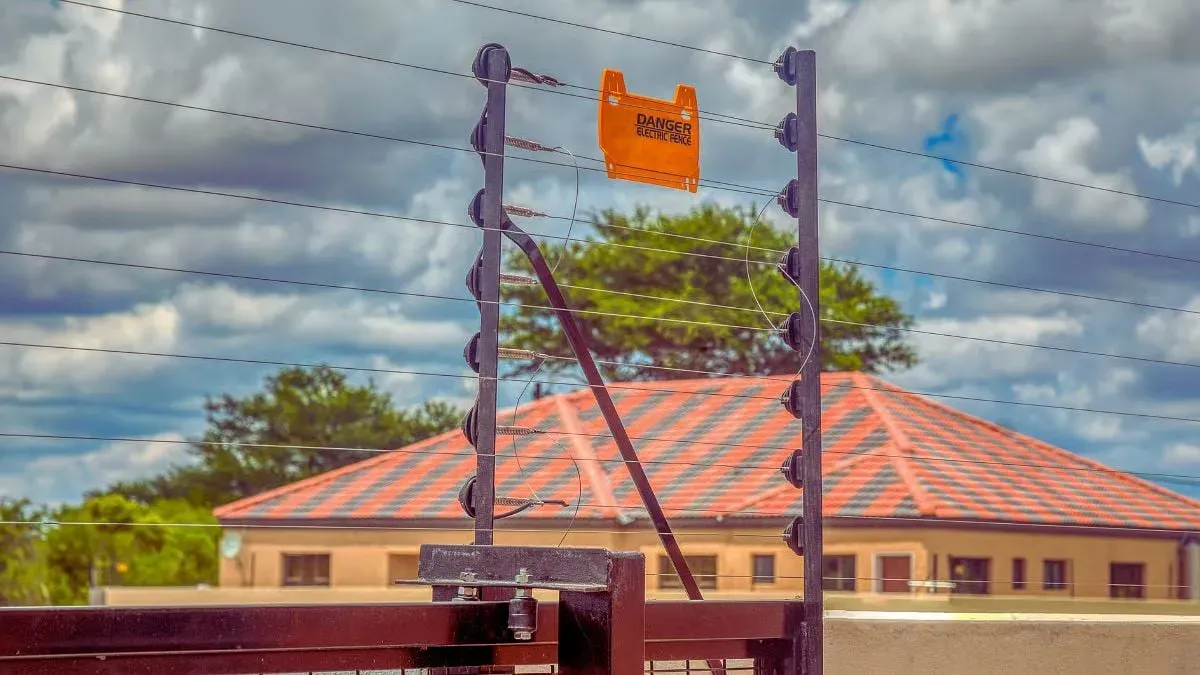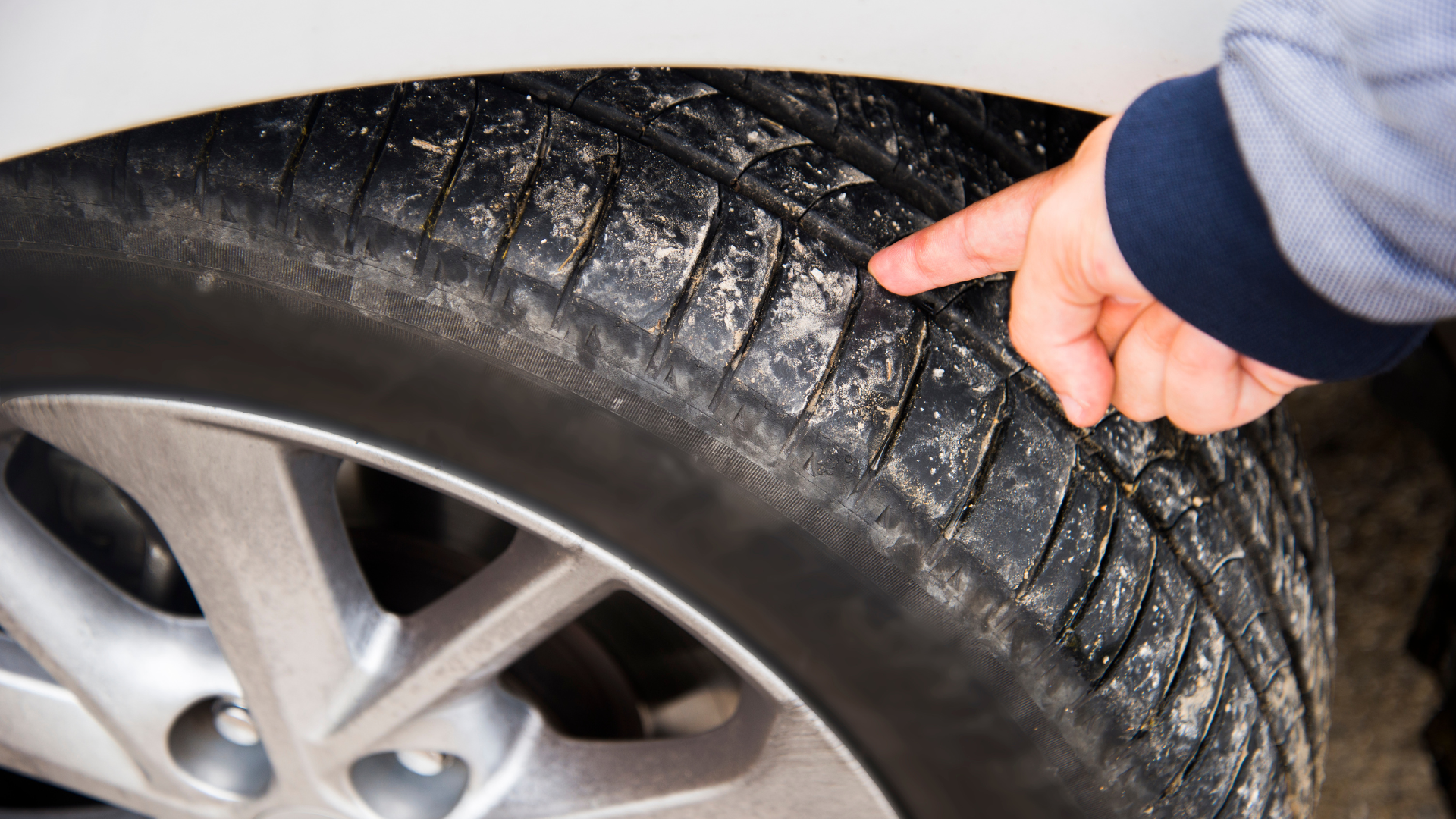Do your clients know about looming 2/3G disconnect
The accelerated adoption of new technologies introduces new risks to businesses and households, but not always where you expect it to. So, while brokers and risk managers are on edge over cybercriminals using artificial intelligence (AI) to hack into bank accounts or steal clients’ data, there are some more basic developments that you need to keep an eye on.
Rethinking broadband
The 2024-2025 Santam Insurance Barometer flags the ongoing evolution of South Africa’s broadband spectrum as having a potential impact on its policyholders. Why? Let’s not jump the gun. We first need some background. Back in June 2024, the Department of Communications and Digital Technologies (DOC) proposed a phased retirement of the country’s 2G/3G networks, with no new 2G/3G-only devices allowed after 2024, and a complete shutdown by 31 December 2027.
The main motivation for the shift is to free up the spectrum occupied by 2G/3G so that it can be used for faster 4G/5G technologies that deliver better connectivity and spectrum efficiency. Experts say that newer networks can serve more users with higher data speeds and improved voice quality, and government is driving the narrative that delays in switching over will leave valuable spectrum trapped in obsolete networks instead of supporting affordable broadband access.
The 2G/3G sunset is being driven jointly by government policy and commercial pressure from mobile operators. The former has laid out the roadmap, but it is Vodacom, MTN, Telkom and others that are actively repurposing network capacity to support the shift. More broadly, the transition is being coordinated between the DOC and the regulator ICASA, which has already halted approvals for new 2G/3G-only devices and is conducting impact assessments to ensure no communities are left behind.
Hold on, we still use that tech
The issue is that some businesses still rely on devices that are connected via 2G/3G networks. Local non-life insurers could be impacted due to the legacy usage of 2G/3G technologies in radio-linked alarms and older telematics devices, which are in turn requirements built into the terms and conditions of many commercial and personal lines insurance policy wordings. Your household or business contents may, for example, be on cover subject to you having a radio-linked alarm, and your motor theft or hijacking cover may be conditional on having a vehicle tracking device installed.
Be aware, the change is imminent. “Large telecoms firms are already eyeing the cost savings that would accrue from migrating their networks to 4G or higher, but this presents challenges for insurers and clients as certain home alarm systems and vehicle telematics devices depend on this legacy infrastructure to function,” Santam wrote in its Barometer. The insurer warned of an unforeseen risk to motor and property assets, adding that “security firms, tracking device providers and insureds would have to work closely to ensure the phased switch-off of these networks, scheduled for the end of 2027, does not cause widespread disruption.”
Thabo Twalo, Chief Underwriting Officer at Santam Broker Solutions, warns that the changes could have serious implications for policyholders. “Tracking and alarm systems are a vital deterrent in a country where theft, hijackings and housebreakings are a major challenge; a faulty or outdated device is not just an inconvenience but a genuine vulnerability,” he said, via a post-Barometer media release.
Test to ensure you stay on cover
Old tech or not, one of the perennial sticking points between insurers and their policyholders is that radio-linked alarms and vehicle trackers are not regularly tested. “It is good practice to call your alarm or tracking device company regularly, to test if the device is still in good working condition,” Twalo said. His message to brokers and insureds is unequivocal: you should be diligent about ensuring that the risk mitigations specified in your or your client’s policy wordings are in place and functioning.
Faulty or non-operational systems can create challenges for both insurers and policyholders. “Our policies do require that alarm systems and tracking devices are in working order,” explained Twalo. The insurer has been working with security service providers to highlight the emerging 2G/3G issue and encourage proactive device upgrades. However, the responsibility ultimately lies with the consumer or policyholder. You will have to confirm which network your alarm system or tracking device uses, and take steps to upgrade if it is still 2G/3G dependent.
Having spent a few decades in South Africa, you might retort (like your writer did) that there is no way the shut-off happens by the end of 2027. Government has a multi-decade track record of missing its own deadlines. Case in point, the migration from analogue to digital terrestrial television (first announced in 2006 and set for completion by 2011) remains incomplete more than 15 years later. Despite several revised deadlines and ministerial assurances, many households continue to rely on analogue TV signals today.
Postponement possible, if not likely
If the past is any guide, the 2G/3G shutdown may be postponed repeatedly too. There are, however, some subtle differences at play, most notably that the private sector telecoms firms have a financial incentive to shut down the old infrastructure. The faster and more efficient 4G networks will lower operating costs for the major telecoms firms and ultimately drive the push to switch off the legacy networks. Another obvious motivation is that maintaining decades-old infrastructure is increasingly uneconomical.
The 2022 high-demand spectrum auction, delayed for over a decade, finally gave mobile operators the capacity to accelerate their 4G/5G rollout plans. In that context, 2G/3G decommissioning is a natural next step, and a precondition for efficient use of newly allocated spectrum. As an aside, and since we are on the topic, your writer could not resist a dig at government for blocking Elon Musk’s Starlink. He cannot think of a better solution to address the access and affordability constraints mentioned in today’s scribblings, let alone extending broadband comms to inaccessible and rural areas.
For insureds, the solutions are so simple that anyone delaying until 2027 needs a reality check. According to Santam, those with radio-linked alarms or installed tracking devices need only reach out to their service provider to confirm which network it utilises, and whether it requires an upgrade. And if you are installing a new system, insist on a future-proofed solution that supports alternative network connections. The up-to-date network technologies should anyway be in place by default by now.
Just upgrade already…
With network providers accelerating the decommissioning of older technology, the timeline is shorter than many think. “This is not a problem to put off for 2028; the move is already in progress, and policyholders must be proactive to stay protected,” Twalo concluded.



